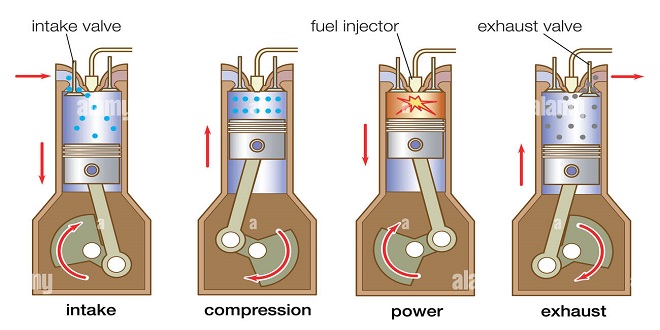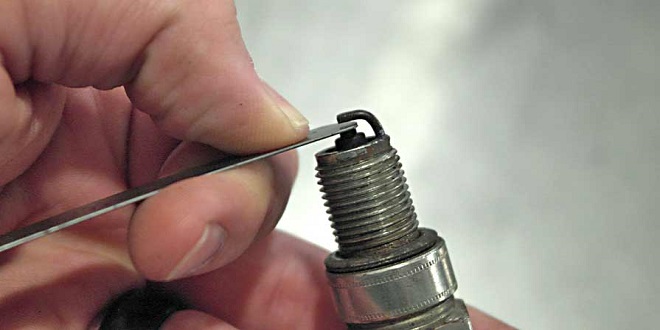Bleeding and priming the fuel system Draining water separators

When you change the fuel filter or run out of fuel in a diesel vehicle, you must bleed the air bubbles out of the fuel system and then prime it to get a new supply of fuel circulating. Cranking the engine does the job but also wears down the battery, so most diesel include a manual primer pump and an air-bleed screw for the purpose of bleeding the system and priming it.
On many vehicles, you simply pump the primer’s handle to get the fuel moving, and then you turn the air-bleed screw until a hissing noise tells you that the air is escaping. Just keep pumping until all the air leaves and the noise ceases; then tighten the air-bleed screw and replace the pump handle.
Because bleeding and priming the fuel system is something that you may need to do fairly often, I suggest that you check the equipment and procedure for any model you’re interested in purchasing to be sure that you can do this job quickly and easily.
Diesel fuel can easily become contaminated by water because diesel fuel absorbs water more than gasoline does. For this reason, many diesel vehicles feature a gadget called a water separator that collects water from the fuel.
It’s usually located on or near the fuel filter. If your vehicle doesn’t have one, I strongly suggest that you have one installed. The part shouldn’t be terribly expensive, and it can save you a bunch of money on repairs.
Although a few water separators are self-cleaning, most need to be manually drained: You just turn a little drain valve called a petcock and empty the water from the collection chamber of the separator.
It’s a good idea to check the water separator weekly at first to see how fast it fills up under normal conditions when you’re driving on fuel from your usual source. If the fuel contains a lot of water, you may want to consider buying it elsewhere.
Jump-starting diesel batteries
Even though diesel-powered vehicles can have dual batteries or one oversized battery (refer to the earlier section, “The Electrical System”), it’s possible to jump-start a diesel from the battery on a conventional gasoline-powered vehicle.
To avoid confusion, in this section I call the vehicle with the dead battery the disabled vehicle and the one you’re jumping the start from the source vehicle. Follow these steps to jump-start a dead diesel battery.
feither vehicle has dual batteries with cables of the same thickness, use either battery for the jump. If a vehicle has only one battery, just be sure to hook the cables up in the proper order.
Getting Started on a Frosty
Diesel drivers everywhere are thankful that diesels have become easier to start in cold weather. Most turn over within 1.5 seconds of turning on the ignition.
Metal cylinder walls become very cold when the temperature drops, so most vehicles are harder to start in cold weather. Because diesel engines require much higher temperatures to fire the fuel, they’ve always been harder to start in cold weather than gasoline-powered vehicles.
Last word
To warm things up before the engine can run, a variety of heaters have been developed that keep various parts of the vehicle warm and snuggly even when it isn’t being driven.
Some of these gadgets may be on the vehicle when you buy it; others you can buy and install later on if the need for them arises.




